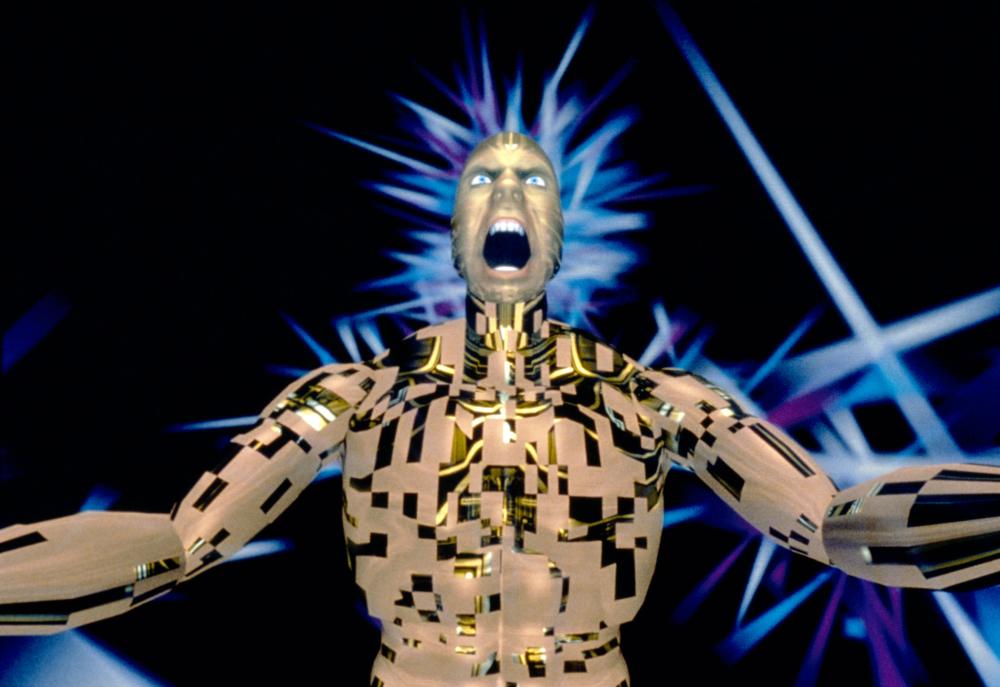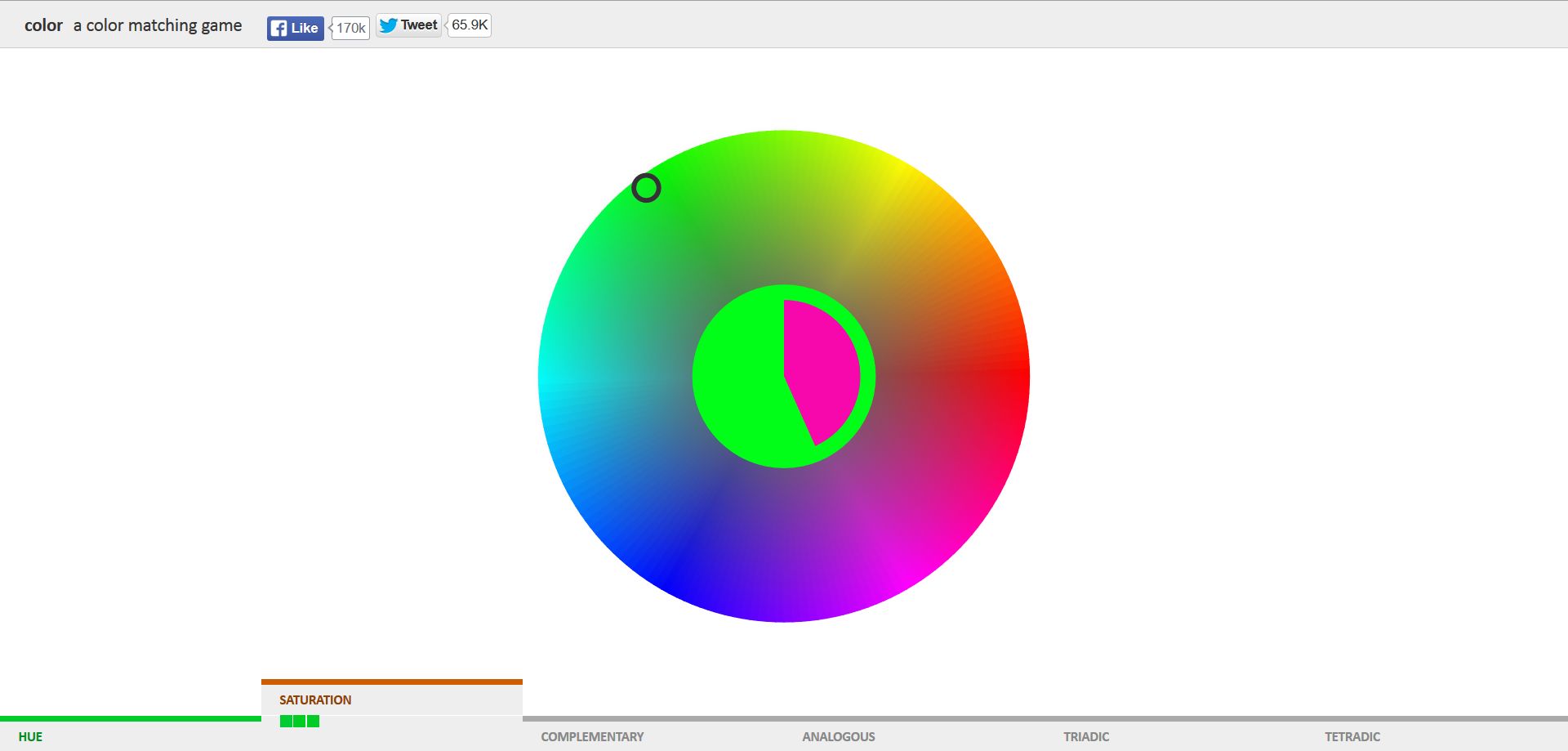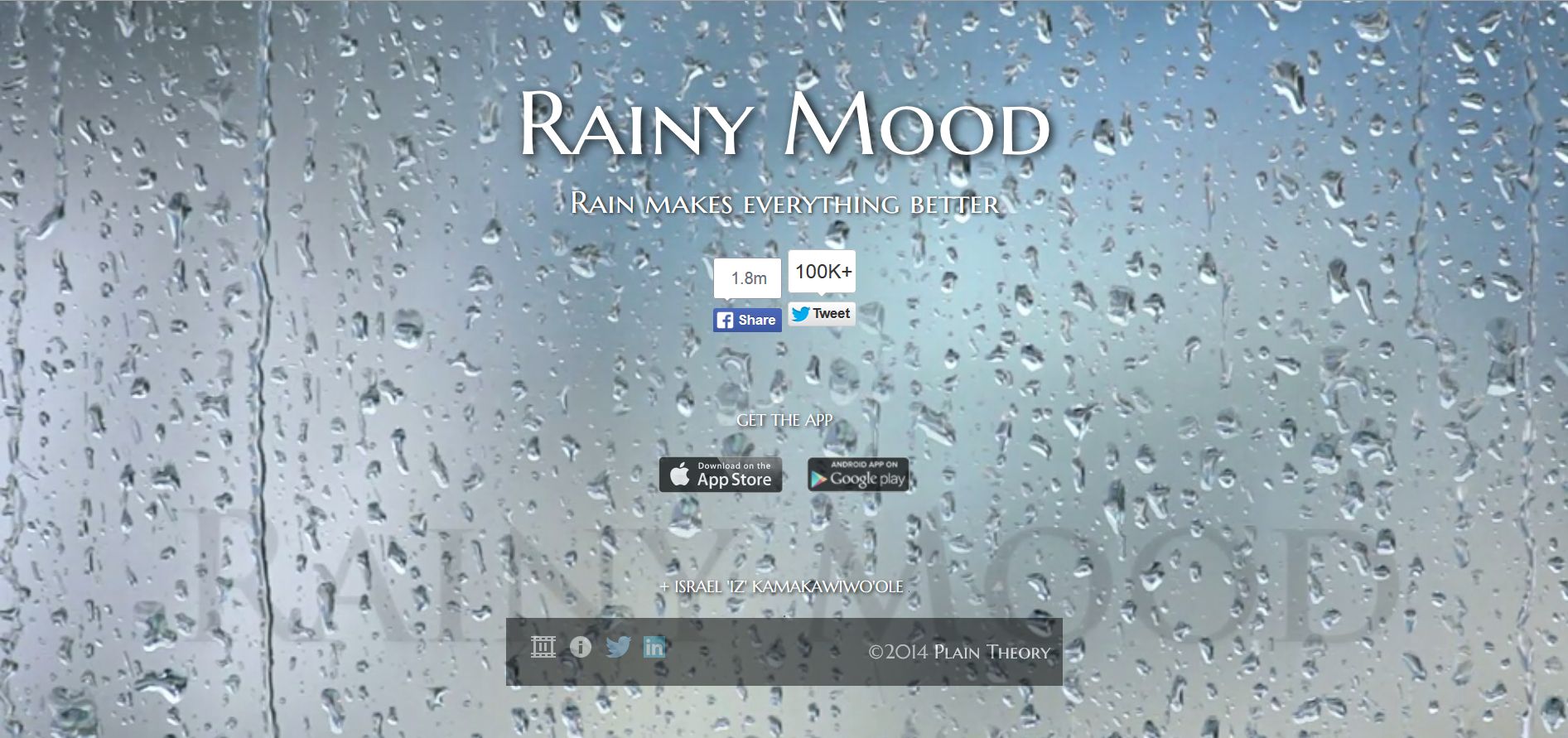Tag Archives: Tron
The Lawnmower Man, and Vintage CGI

Inspired by a couple of Reddit forums to which I am subscribed, VintagePixelArt and VintageCGI, and being a fan of all things historical as it pertains to technology, I uploaded to the latter a brief scene from the 1992 CGI-fest movie The Lawnmower Man,’ supposedly about a guy who killed people using a lawnmower. Based on a book of the same name by Stephen King, King sued to have his name removed from the movie as it bore – barring one minor scene – absolutely no connection to the book. Rather, the movie was used as a vehicle to show off what the state of CGI, or Computer Generated Imagery, was at the time. The 30-second plotline is Dr. Angelo, a scientist funded by a shadowy company, is researching whether or not Virtual Reality can be used to enhance the human cognitive capabilities, or even unlock potential powers. He recruits Jobe, who helps around the grounds at local church and suffers from cognitive disabilities, and straps him into a complicated VR setup that turns Jobe into a god who ends up not acting very godlike.
The movie was fun, but the real purpose of the thing was to show off what the state of the art was in terms of CGI at the time, and also present what was at that time a still-unknown technology: Virtual Reality. Here is the clip I uploaded; I just clipped the scene out of the movie file:
In 1992 when the movie was released, commercial-grade computer generated imagery was created primarily on Silicon Graphics workstations, which at the time were the powerhouse machines of the day. Now, we have laptops with more computing power, but back then SGI workstations were the top of the line pro setup, and everyone from movie studios to science labs to government agencies wanted them for their ability to do everything we take for granted today: Simulations, animations, visual manipulation, prediction, etc.
They didn’t necessarily use special processors or OSs, in fact many of them ran on Intel processors and Windows NT, although other versions ran on UNIX. The difference was their proprietary hardware architecture, and compared to what commercial PCs had at the time, the SGIs were far more powerful. $4,000 would get you their low-end model: a Pentium II-powered box with 128MB of RAM. You read that right. This is a Linux box SGI, the O2:
Appropriately, the former SGI building in Santa Clara now holds the Computer History Museum.
Movies were used as vessels to show off incredible, and sometimes not so incredible, computer imagery quite often. The absolute king of the hill in this area is the original TRON (1982), which not only used CGI but many other tricks as well, and gave us a glimpse of what life might be like inside a machine when computers and technology were still largely undiscovered country but arcade machines had already left an indelible mark. A perfect example of TRON’s influence is in the famous light cycle scene.\
https://www.youtube.com/watch?v=-BZxGhNdz1k
The first ever use of CGI in a movie was all the way back in 1976’s Futureworld. This movie used a scene of a CGI hand that had originally been developed by Ed Catmull, a computer scientist at – wait for it – teh University of Utah (see below) who went on to create Pixar! Here’s the scene from Futureworld.
Computer capabilities in terms of imagery, visualization and rendering has been the fascination of many for a long time. One image has even gained celebrity status: The Utah Teapot. (Side note: I usually prefer not linking to Wikipedia, however the University of Utah’s own Utah Teapot page links there!).
The Utah Teapot, created in 1975 based on the need for a perfect shape, has since become the introduction to computer graphics, and has been featured extensively in other computer animated environments, with my personal favorite of course being its appearance in the animated sequence from The Simpsons’ Treehouse of Horror episode, titled Homer(3), in which Homer gets sucked into the horrific THIRD DIMENSION. You can see the teapot at 2:21 when Homer realizes he is ‘so bulgy.’ There are many other neat references in the scene. This scene was based on an episode of The Twilight Zone, a prophetic show in and of itself, called ‘Little Girl Lost,’ in which a girl is transported to the fourth dimension from the third.
https://www.youtube.com/watch?time_continue=143&v=7824c5YAsEA
Because we didn’t have immediate access to the capabilities of technology back then, especially computer animation, seeing it was a revelation. This was capitalized on by a series of (originally) DVDs, later laserdiscs, titled ‘The Mind’s Eye (1990).’ The followups were Beyond the Mind’s Eye (1992), Gate to the Mind’s Eye (1994), and Odyssey Into the Mind’s Eye (1996). Each was about an hour long and contained a series of CGI vignettes set to music. These vignettes were created by graphics firms, advertising firms, and others, and often scenes created by different companies were woven together and set to music to tell a story.
I first saw a scene from The Mind’s Eye being displayed on a giant display TV in front of a store (I don’t even remember which store!) in Security Square Mall in 1990, and I was mesmerized. I should have been amazed by the TV, but it was the visuals on it that really blew me away. It’s not my favorite scene in the series, but it holds a special place in my heart for introducing me to the series and for telling a touching story to boot, about a bird and a fish that destiny has deemed will be together. A hopeful allegory for today. Here it is:
I can’t find any information about who actually created this animation, so if you know, please pass it on! You can also watch the entire movie on The Internet Archive.
My favorite scene from the Series is found on the Second release, Beyond the Mind’s Eye. This one is called ‘Too Far’ and contains multiple scenes from various artists, including what might be my favorite animated character ever, the once famous Clark. There’s a lot going on in this segment, and it’s a masterpiece of CGI of the time.
Now here’s where it all ties together: The CGI created for the Lawnmower Man was also included in scenes from Beyond the Mind’s Eye. Not only that, the movie’s CGI was created by Angel Studios, which would later become part of billion-dollar video game powerhouse Rockstar San Diego. See how it all comes together?
In the years that followed, machines like the Amiga and of course Macs and PCs overcame the need for dedicated workstations, although the term persists. And now easy access to all sorts of graphical capabilities is at our fingertips, with engines being able to calculate what we can see and what we can’t and render accordingly, or cast rays of light based on reflection and refraction, or apply textures to surfaces, and so on. But that’s what makes these creations so much more impressive; using the tools of the time, they still were able to create such magical animations.
TRON (The command and the movie)

Although most of you figured it out, I received some questions regarding last week’s crossword puzzle, specifically 1-Down, “Slang for ‘Trace On.'”
I suppose I could have reworded it slightly. Perhaps “In the days of BASIC, computer-speak for ‘Trace On'” would have been better, however you’ll notice that the sub-title of the crossword was “e-commerce, a return to networking, and one movie.” To me, that was a giveaway. Did you wonder what the movie was? It was the slang term for “Trace On,” or TRON.
You may remember I made a post recently about an on-line BASIC interpreter, BASIC being an early computer-programming language, and that is the kind of BASIC we are talking about – the kind where each line is preceded by a line number. Here is an example of what it looks like:
Possibly useful web sites

That won’t turn rogue and digitize you.
Occasionally on Fridays I post a few websites or even tools that present something interesting and show a unique application of technology. Today it’s websites that do something unique and use the web as a platform to illustrate…well, you’ll see.
Tetris in HD
First, we’re all familiar with high definition, right? If you have a 1080p TV, then you know it looks pretty nice, it has a lot of data, and in fact the ‘1080’ means it has 1,080 lines of resolution (of course, with 4K here and its 3840 lines of resolution, now HD looks downright poor). Even so, remember the old, big, heavy CRT displays? How would that content look (scale, really) on HD displays if everything else were left the same?
Well here’s one way to find out: Tetris in HD. This webpage scales the game of Tetris all the way up to a full HD resolution, but keeps the pieces the same resolution as they were on the original CRT displays. You’ll have to look very, very closely to see what you’re doing, but it also gives a good idea of how far display technology has come.
Color Method
If you do any kind of art or illustration or graphic design, you know how important color is to the final product. Getting just the right one can be a maddening experience simply because there are almost an infinite amount of colors from which to choose. Additionally, there are many aspects of color to consider: Complementary versus contrasting colors, Red/Green/Blue levels, Hue/Saturation/Brightness levels, CMYK, luminance, and chroma to name a few.
Do you know what goes into finding just the right color? Especially on a computer screen where it might not match exactly what you had in your head?
The Color Method website has you perform a series of color matching tests to see how well you navigate the color space. A countdown clock of a certain color appears in the center of the page, and you have to navigate around the outer color ring to match the color of the clock. The first few phases are easy enough since it only covers one dimension, however as the phases begin to include two and three simultaneous dimensions it becomes much more challenging.
How well can you do?
Llama Font
Have you ever wanted to say something in llama? Or rather, say something with llamas? Now you can using LlamaFont! Type out your message, and what can only be described as the most yoga-tastic llamas you’ve ever seen will help you say it. Sadly, it doesn’t do numbers yet. On the other hand, if you need to make your point using a big-ass message, you can try Big Ass Message.
Run-3
I don’t normally like to put up meaningless flash games, but Run-3 is different; it uses Flash to provide an incredible sense of depth on a 2-D page, and the ability to present a good amount of limited data as well since the path goes on for what seems like forever. Hint: You can run on the walls.
Lifesize Blue Whale
The Whale and Dolphin Conservatory has a lifesize blue whale on their site! You can only see it in tiny sections, of course, after all they’re the largest living things on earth. You can scroll around and get super-closeups of any part of its body. It’s clearly a Flash-built site, and the overall image is a mosaic of smaller images. You can navigate by dragging the closeup window, or by clicking on the smaller image of the entire whale. Or if whales aren’t your thing, you can always try the cockroach cam. There’s sound, so be careful, but be sure to watch it full screen, you don’t want to miss any of that experience.
Incredibox
Incredibox is a site that has you put accessories on animated characters, each of which will then contribute either a beat, effect, melody, or voice. There is a surprising variety in the sounds you can get, and it offers almost endless experimentation (the link is for Incredibox version 3).
Rainy Mood
Now that school has started, you may find that you need a calming moment, and one of the things that does that very well is white noise which can filter out other external noises. In nature this manifests in many ways, one being the sound of rain, and its dampening ability is one of the things that makes it so relaxing.
Unfortunately, we just don’t get a lot of rain here in Las Vegas. Therefore, I present you with Rainy Mood. Bring up the page, listen to all the rain and thunder you like, and prepare to be relaxed. You even get to see it, in a way.
The screen is right. Rain makes everything better.









